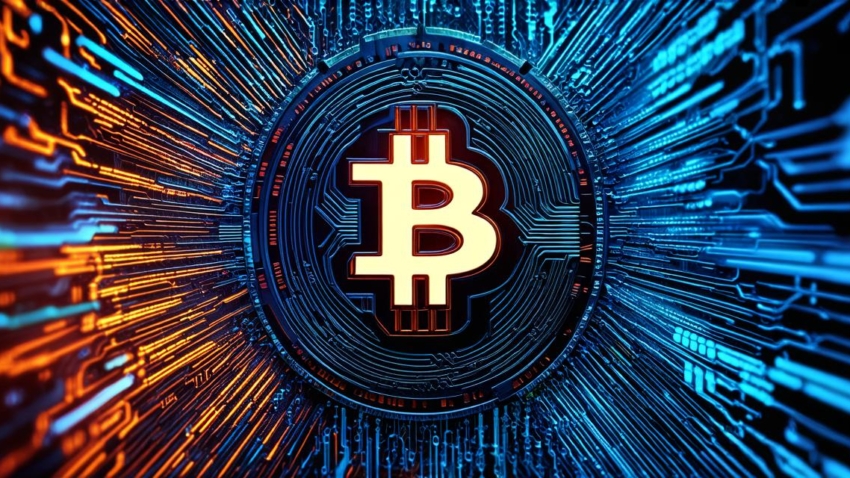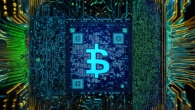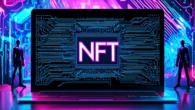
Is an NFT considered actual currency
NFTs (Non-Fungible Tokens) are digital assets that have gained significant attention and popularity in recent years. They are unique and cannot be exchanged for another item of equal value, unlike cryptocurrencies such as Bitcoin, which can be traded on various exchanges. However, the question arises: is an NFT considered actual currency? In this article, we will explore the concept of NFTs and their relationship with traditional currencies.
NFTs are unique digital assets that are stored on blockchain technology. They can represent anything from art to collectibles, in-game items, and even real-world assets such as properties and vehicles. NFTs have gained popularity due to their ability to authenticate ownership of unique digital items and enable creators to monetize their work through the sale of these tokens.
NFTs vs Traditional Currencies
While NFTs are not traditional currencies, they do share some similarities with them. Both NFTs and traditional currencies have value and can be used to purchase goods and services. However, there are significant differences between the two.

One of the main differences is that traditional currencies are fungible, meaning they can be exchanged for another item of equal value. This is not the case with NFTs, which are unique and cannot be traded for another item of equal value. Additionally, while traditional currencies are controlled by central authorities such as governments and banks, NFTs are decentralized and exist on a peer-to-peer network.
NFTs vs Cryptocurrencies
While both NFTs and cryptocurrencies are digital assets that have gained significant attention in recent years, they are different in many ways. Cryptocurrencies such as Bitcoin are fungible and can be traded on various exchanges. They also have a limited supply, which is controlled by the blockchain protocol.
On the other hand, NFTs are unique and cannot be traded for another item of equal value. Additionally, while cryptocurrencies rely on their underlying technology to gain value, NFTs derive their value from the demand for the specific asset they represent.
Case Studies: Real-World Examples of NFTs in Action
One of the most well-known examples of NFTs in action is the sale of the first piece of digital art ever sold at Christie’s, “Everydays: The First 5000 Days” by Beeple. The artwork was sold as an NFT and fetched a record-breaking price of $69 million.
Another example is the sale of an NBA Top Shot, which is an NFT that represents a unique moment in NBA history. The NFT was sold for $2.1 million and is now owned by a private collector.
These examples illustrate how NFTs can be used to monetize digital assets and create a new market for collectors and creators alike.
Expert Opinions: What the Experts Say
When asked about the future of NFTs, many experts believe that they will continue to gain popularity and become a legitimate form of currency in their own right. For example, Drew Houston, the co-founder of Dropbox, believes that NFTs are the next big thing in digital assets.
“NFTs have the potential to revolutionize how we create and value digital assets,” Houston said in an interview with CNBC. “They represent a new form of ownership and authentication that goes beyond what traditional currencies and cryptocurrencies can provide.”
The Future of NFTs: What Lies Ahead
As the market for NFTs continues to grow, it is likely that they will become more widely accepted as a legitimate form of currency. This could have significant implications for the art world and other industries that rely on unique digital assets.
For example, artists could use NFTs to monetize their work in a way that was previously not possible. Similarly, collectors could purchase unique digital assets for significantly less than they would have to pay for a physical item of equal value.
However, there are also concerns about the long-term sustainability of NFTs as a form of currency. Some worry that the market may become oversaturated with NFTs and that their value could decrease as a result. Additionally, there are concerns about the security and authenticity of NFTs, particularly in light of recent hacks and scams involving digital assets.
FAQs: Answering Common Questions About NFTs
What is an NFT?
An NFT (Non-Fungible Token) is a unique digital asset that is stored on blockchain technology. NFTs can represent anything from art to collectibles, in-game items, and even real-world assets such as properties and vehicles.
Is an NFT considered actual currency?
While NFTs are not traditional currencies, they do share some similarities with them. Both NFTs and traditional currencies have value and can be used to purchase goods and services. However, there are significant differences between the two. One of the main differences is that traditional currencies are fungible, meaning they can be exchanged for another item of equal value. This is not the case with NFTs, which are unique and cannot be traded for another item of equal value.
What is the difference between NFTs and cryptocurrencies?
While both NFTs and cryptocurrencies are digital assets that have gained significant attention in recent years, they are different in many ways. Cryptocurrencies such as Bitcoin are fungible and can be traded on various exchanges. They also have a limited supply, which is controlled by the blockchain protocol. On the other hand, NFTs are unique and cannot be traded for another item of equal value. Additionally, while cryptocurrencies rely on their underlying technology to gain value, NFTs derive their value from the demand for the specific asset they represent.







